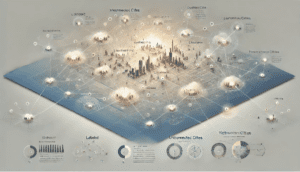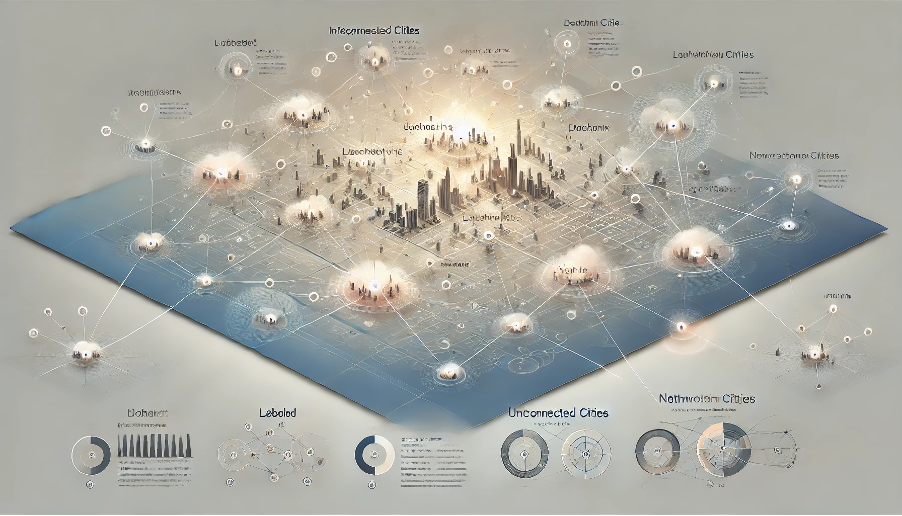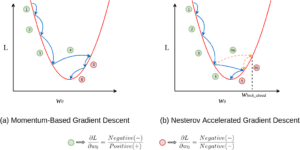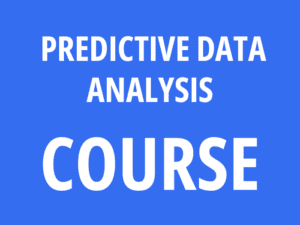Introduction
Picture a map of interconnected cities. You know the names of a few cities, and their connections help you understand the others. Graph-Based Semi-Supervised Learning (GBSSL) follows a similar principle: it uses labelled and unlabelled data points connected in a graph to make accurate predictions for the entire dataset.

A Brief History of Graph-Based Semi-Supervised Learning
Graph-based methods emerged in the early 2000s, fuelled by advancements in network science and graph theory. Pioneering research by Xiaojin Zhu explored semi-supervised learning on graphs, where relationships between data points improve predictions. These techniques are now widely applied in areas like natural language processing, social network analysis, and medical diagnostics.
What Is It?
Graph-Based Semi-Supervised Learning is a machine learning method that uses graphs to represent data relationships. Each data point is a node, and connections between nodes (edges) reflect their similarities. By leveraging labelled nodes and propagating their labels across the graph, GBSSL assigns labels to unlabelled nodes based on their structure and relationships.
Why Is It Being Used? What Challenges Are Being Addressed?
GBSSL tackles critical challenges in machine learning:
- Limited Labelled Data: Reduces the cost and effort of creating labelled datasets.
- Complex Data Structures: Models non-linear and high-dimensional relationships effectively.
- Maximizing Unlabelled Data: Extracts value from abundant unlabelled data, improving predictions.
These features make GBSSL indispensable in industries like cybersecurity, healthcare, and geospatial analysis.
How Is It Being Used?
To apply GBSSL:
- Build the Graph: Represent data points as nodes, connecting similar ones with edges.
- Propagate Labels: Use algorithms like label propagation or graph convolution networks to assign labels to unlabelled nodes.
- Optimize: Refine predictions iteratively to improve classification accuracy.
This structured approach ensures high-quality results even with minimal labelled data.
Different Types
GBSSL methods vary based on:
- Graph Construction: Techniques like k-nearest neighbours or fully connected graphs.
- Learning Algorithms: Includes label propagation, spectral graph theory, and graph neural networks.
Different Features
- Adaptability: Handles diverse data types, such as text, images, and time-series data.
- Scalability: Efficient for large datasets with optimized graph-building techniques.
- Enhanced Accuracy: Utilizes relationships between nodes to improve predictions.
Different Software and Tools for It
- Python: Libraries like NetworkX, PyTorch Geometric, and Scikit-learn.
- R: Packages such as igraph and tidygraph.
- MATLAB: Graph-based machine learning toolkits.
- Custom Frameworks: Built for specific applications in industries like healthcare and cybersecurity.
Three Industry Applications in Australian Governmental Agencies
- Healthcare Analytics: Predicting patient outcomes by analyzing relationships in medical records.
- Cybersecurity: Detecting anomalies in network traffic using graph-structured relationships.
- Environmental Monitoring: Classifying land use in satellite imagery by analyzing spatial connections.
How interested are you in uncovering even more about this topic? Our next article dives deeper into [insert next topic], unravelling insights you won’t want to miss. Stay curious and take the next step with us!








